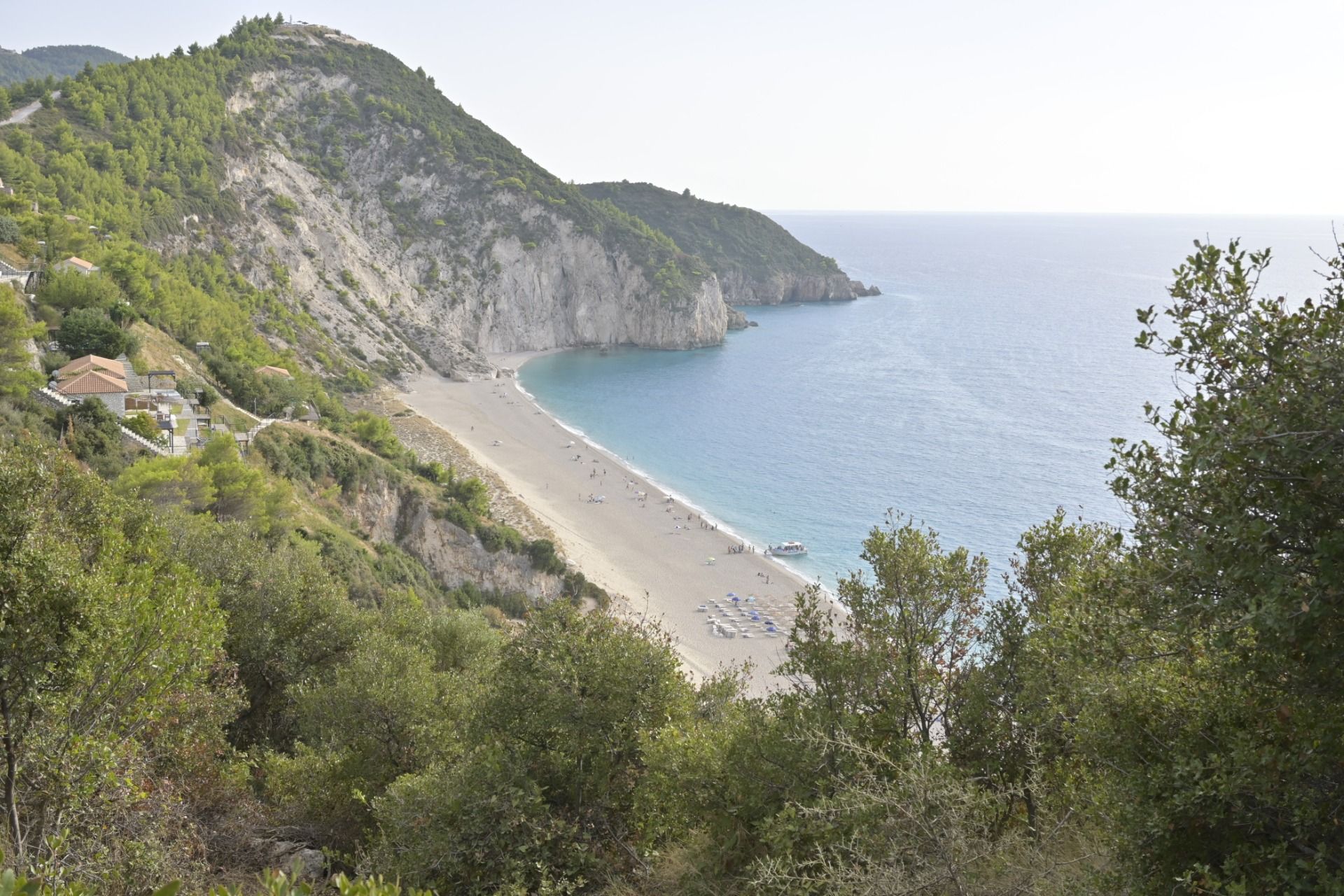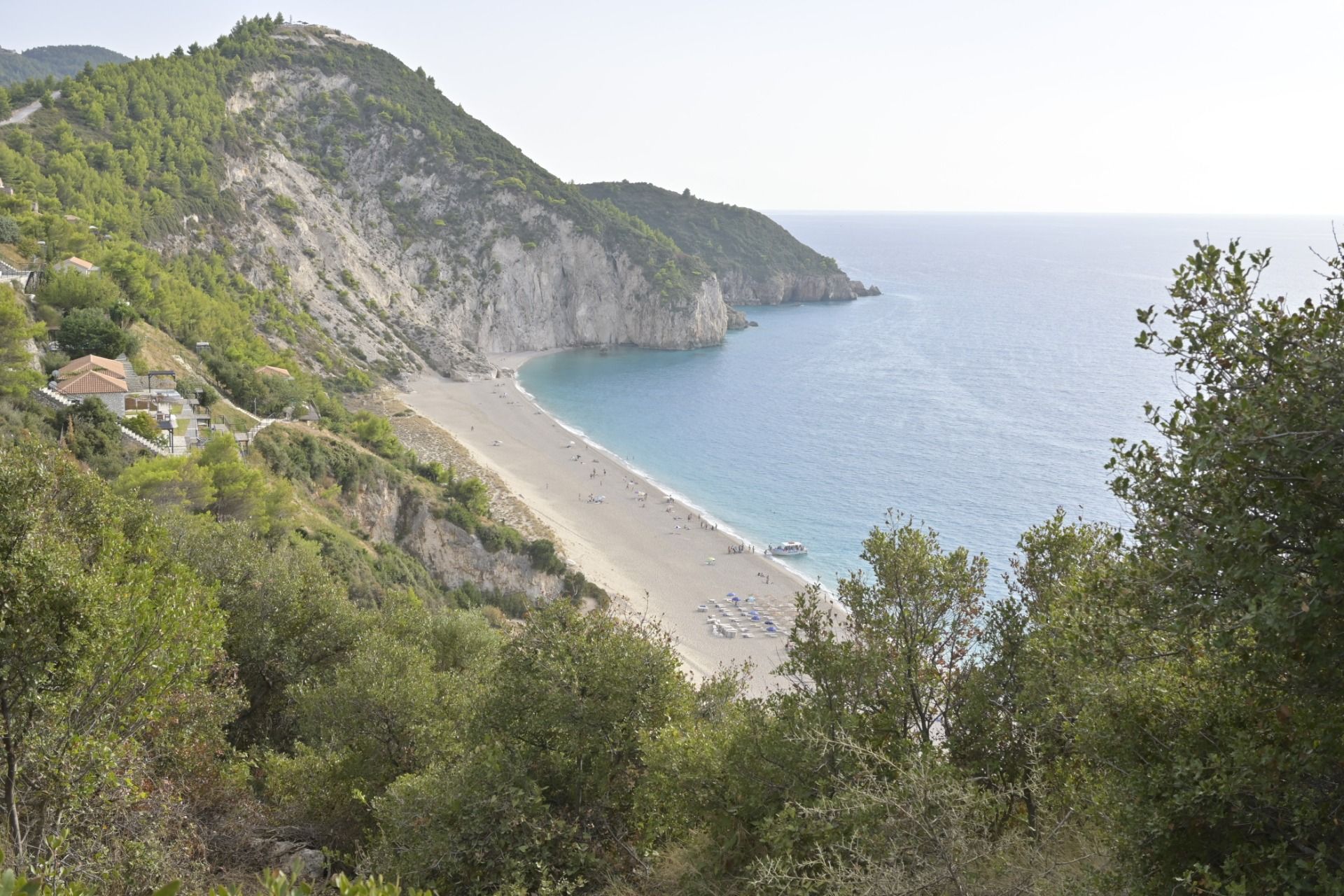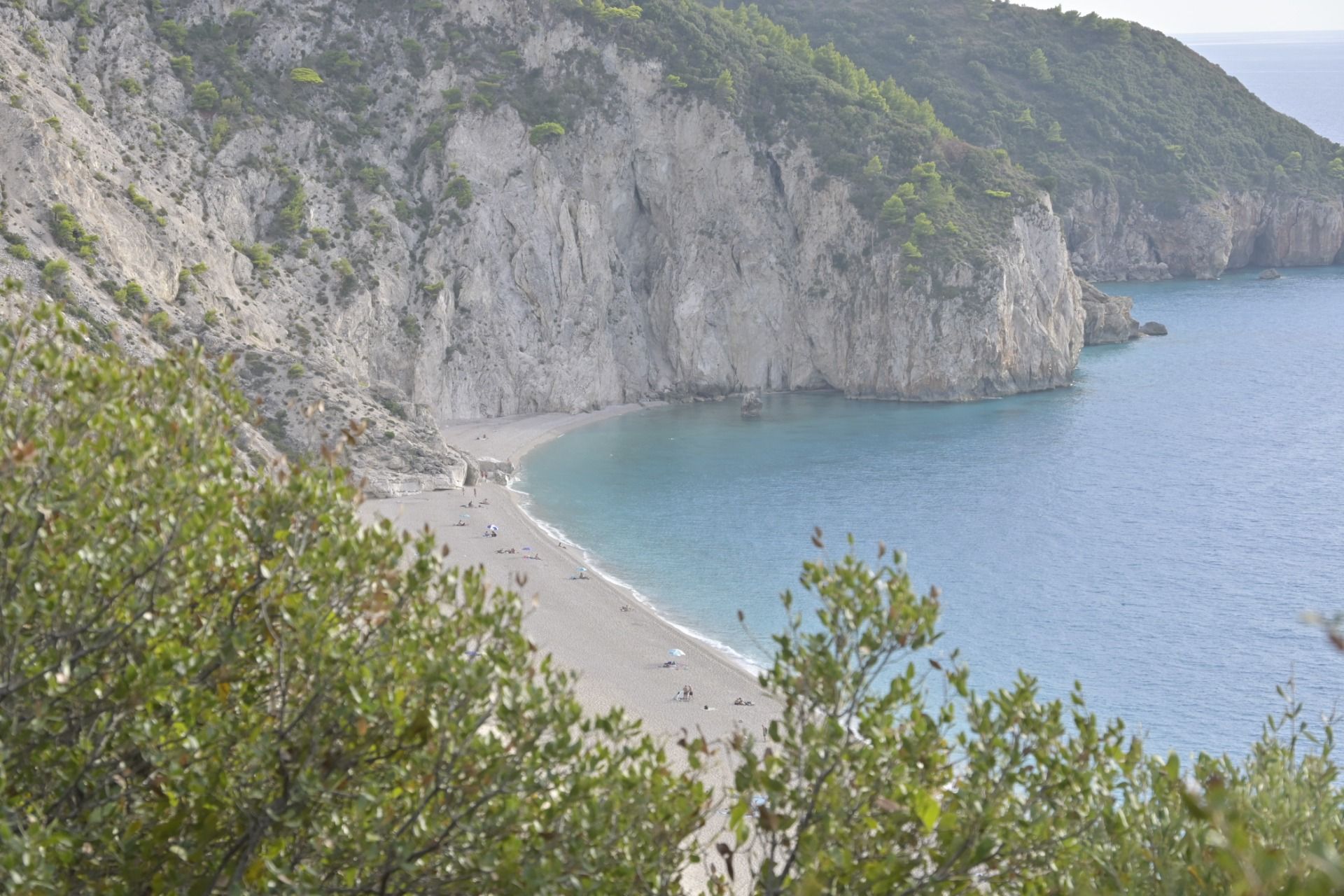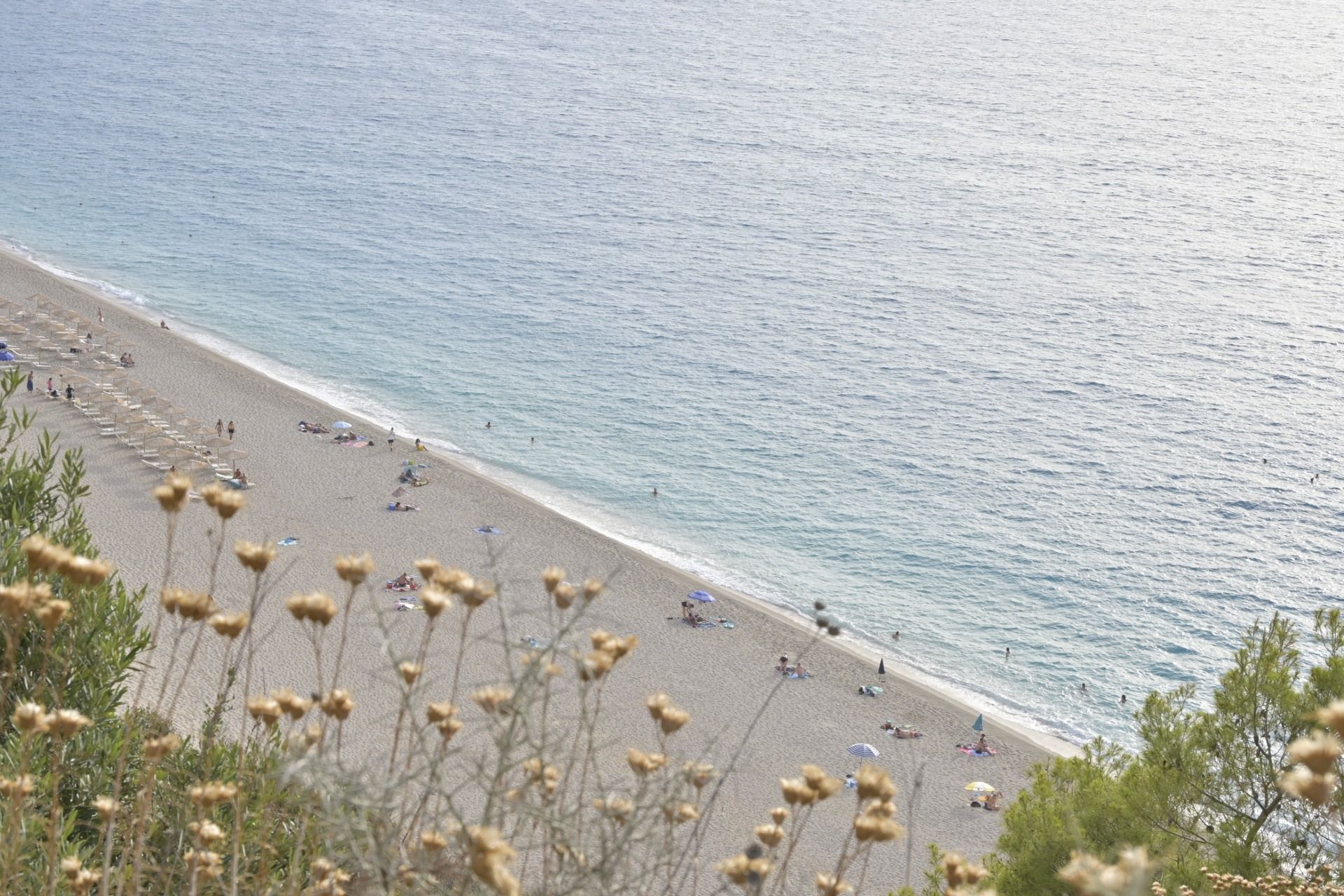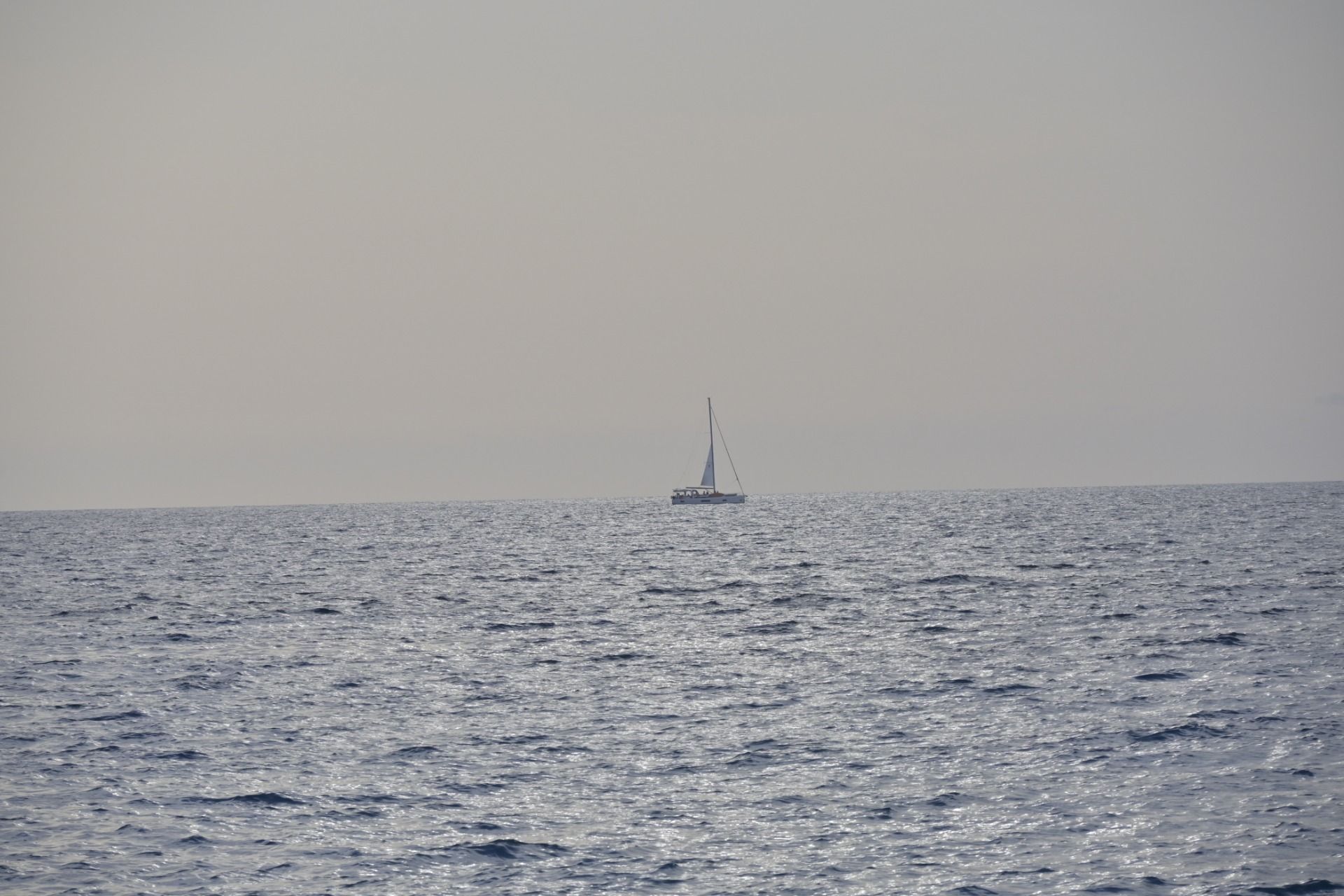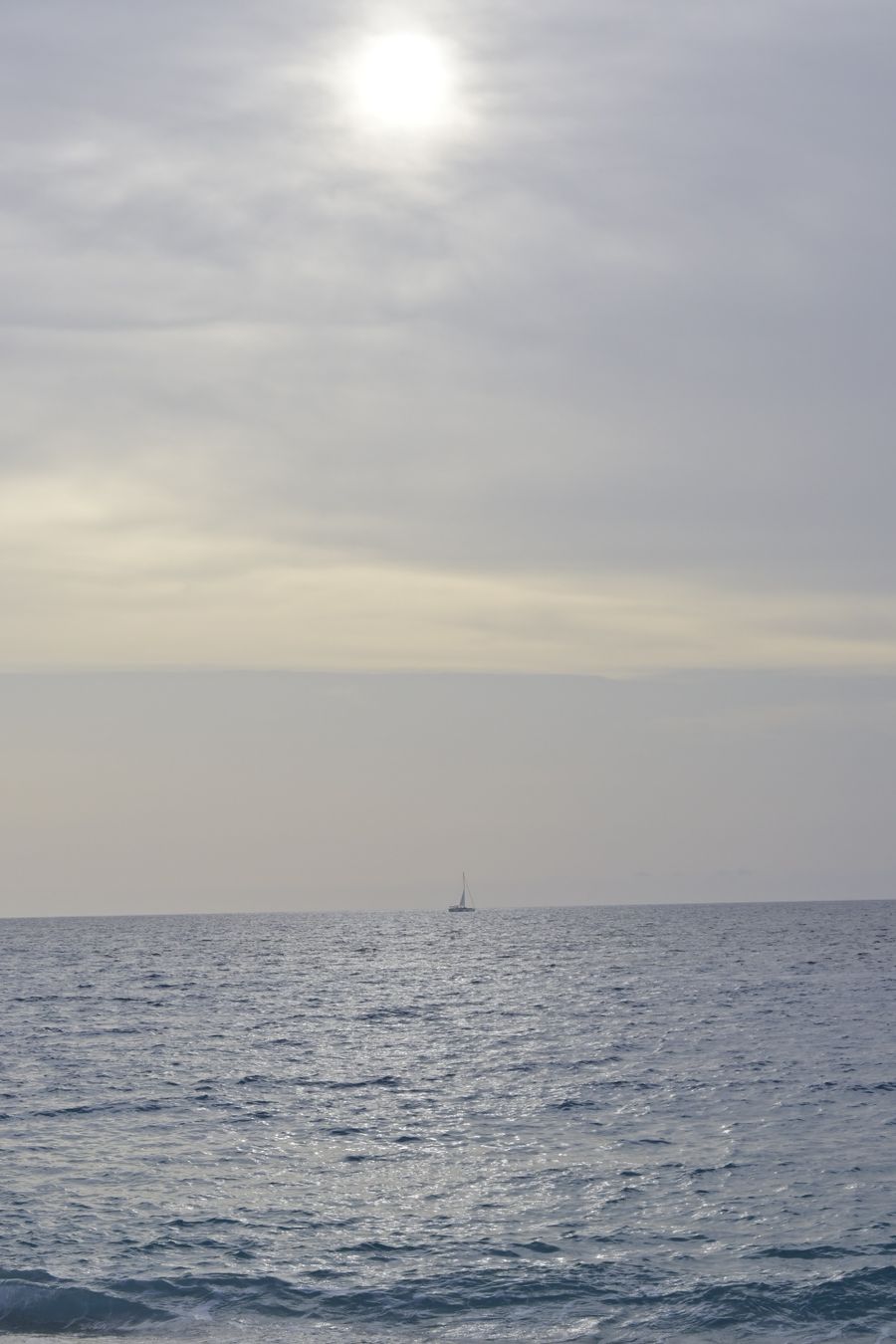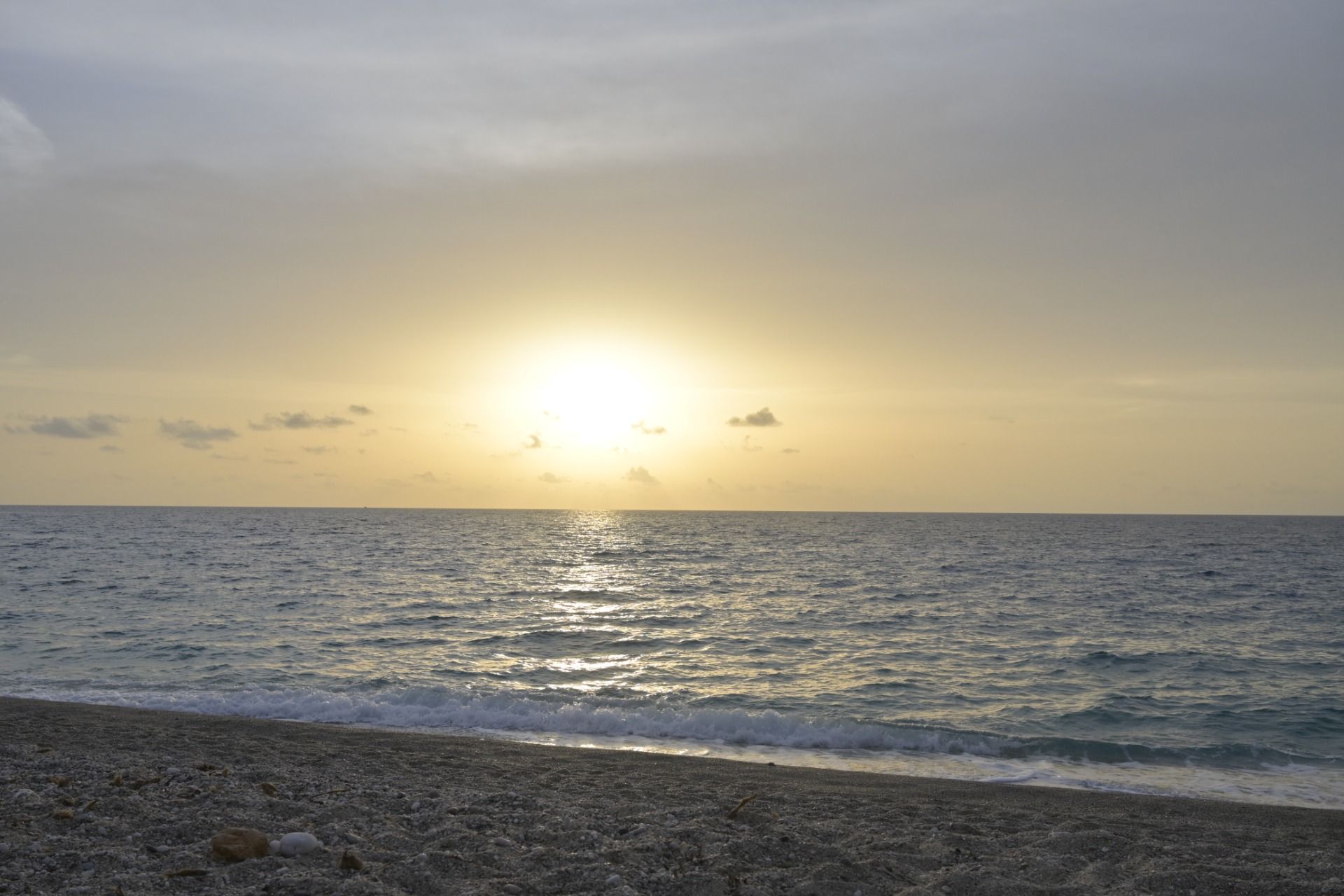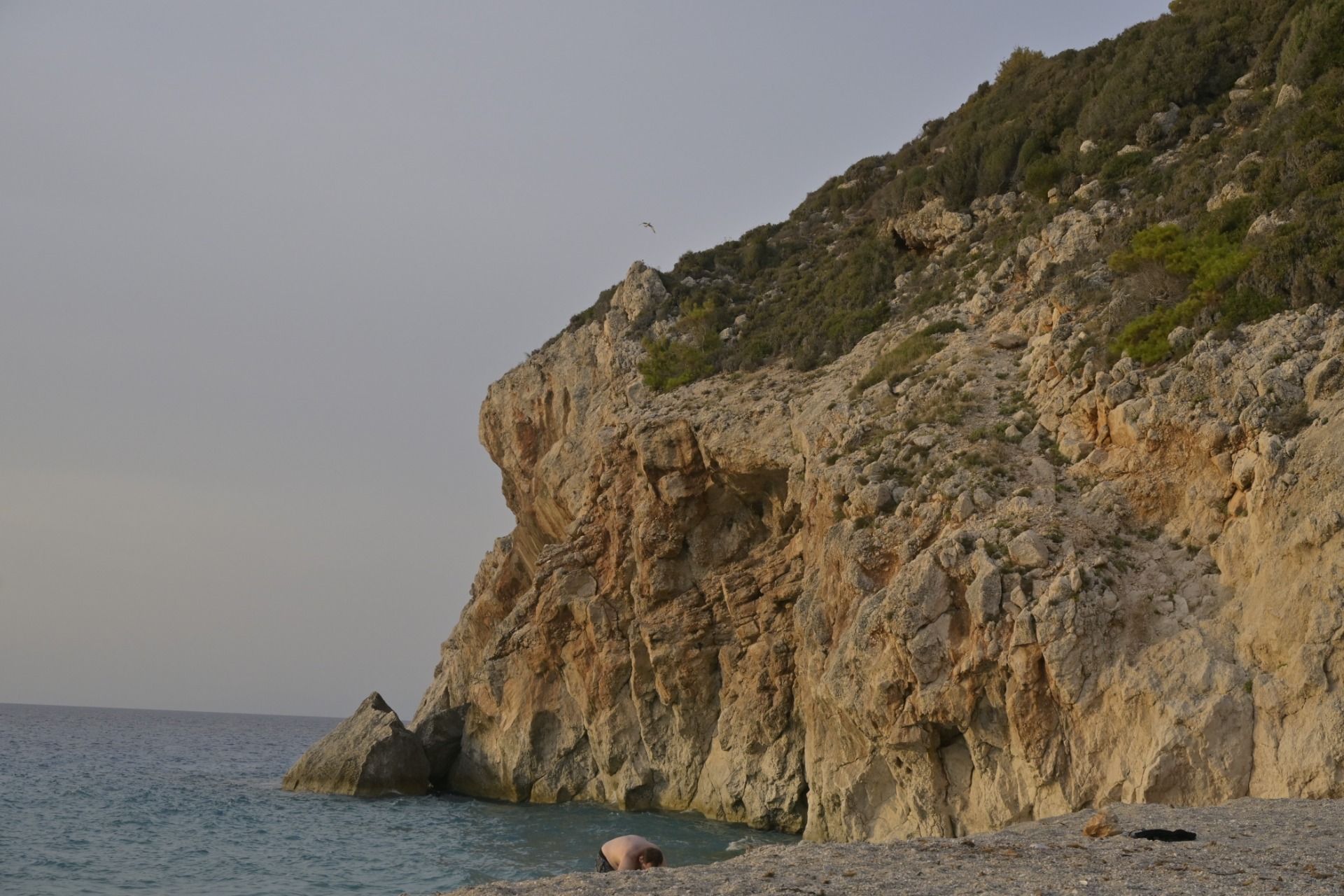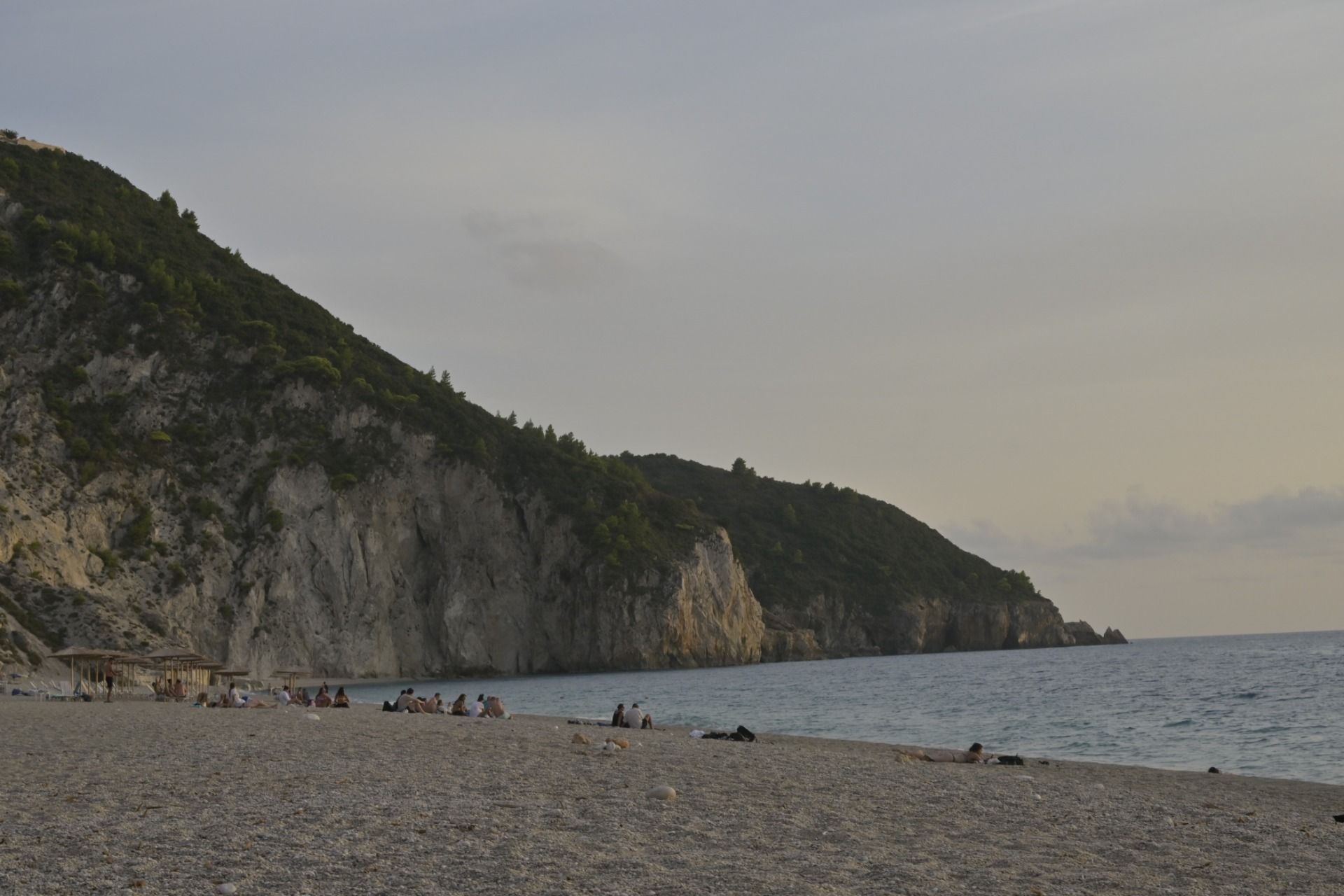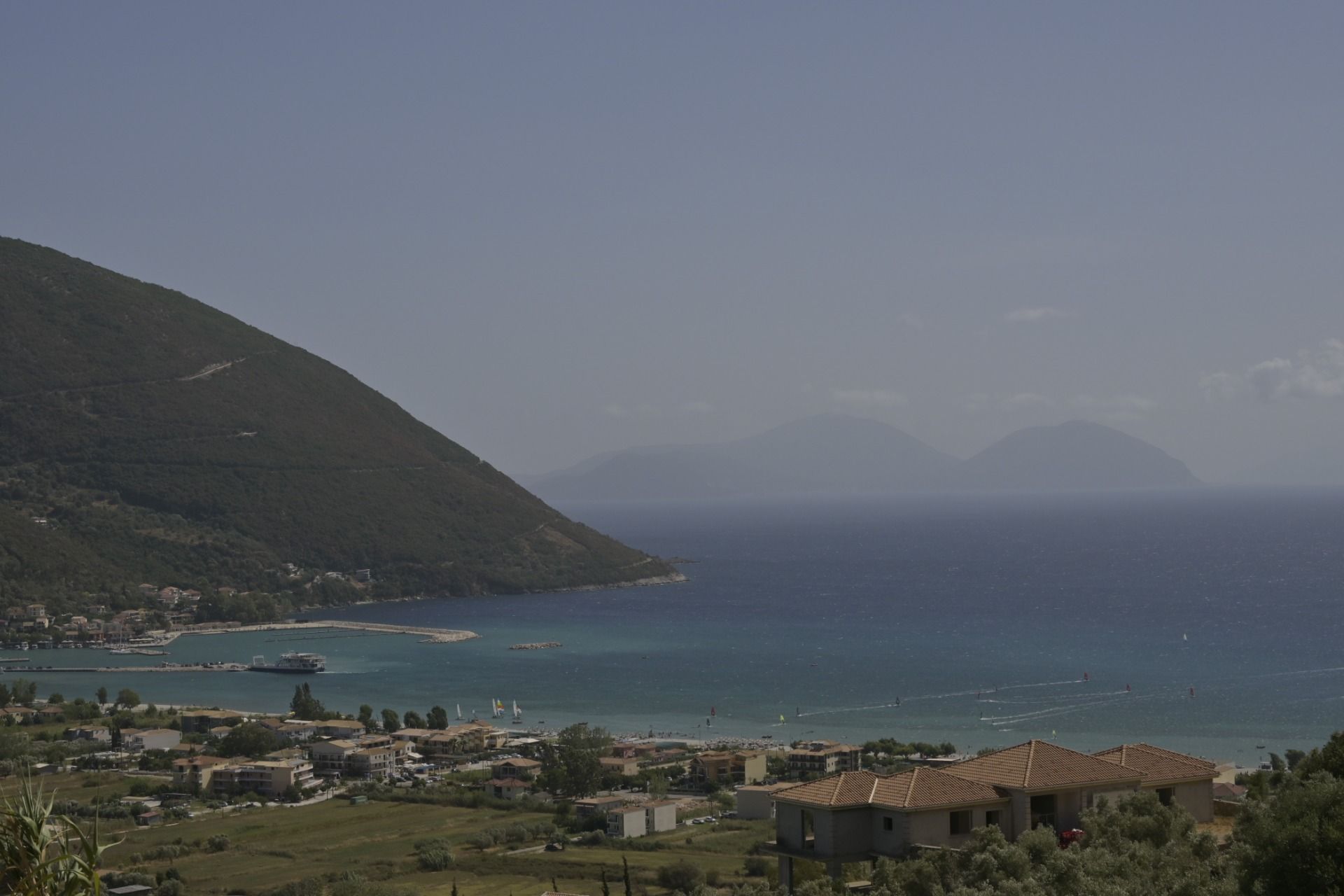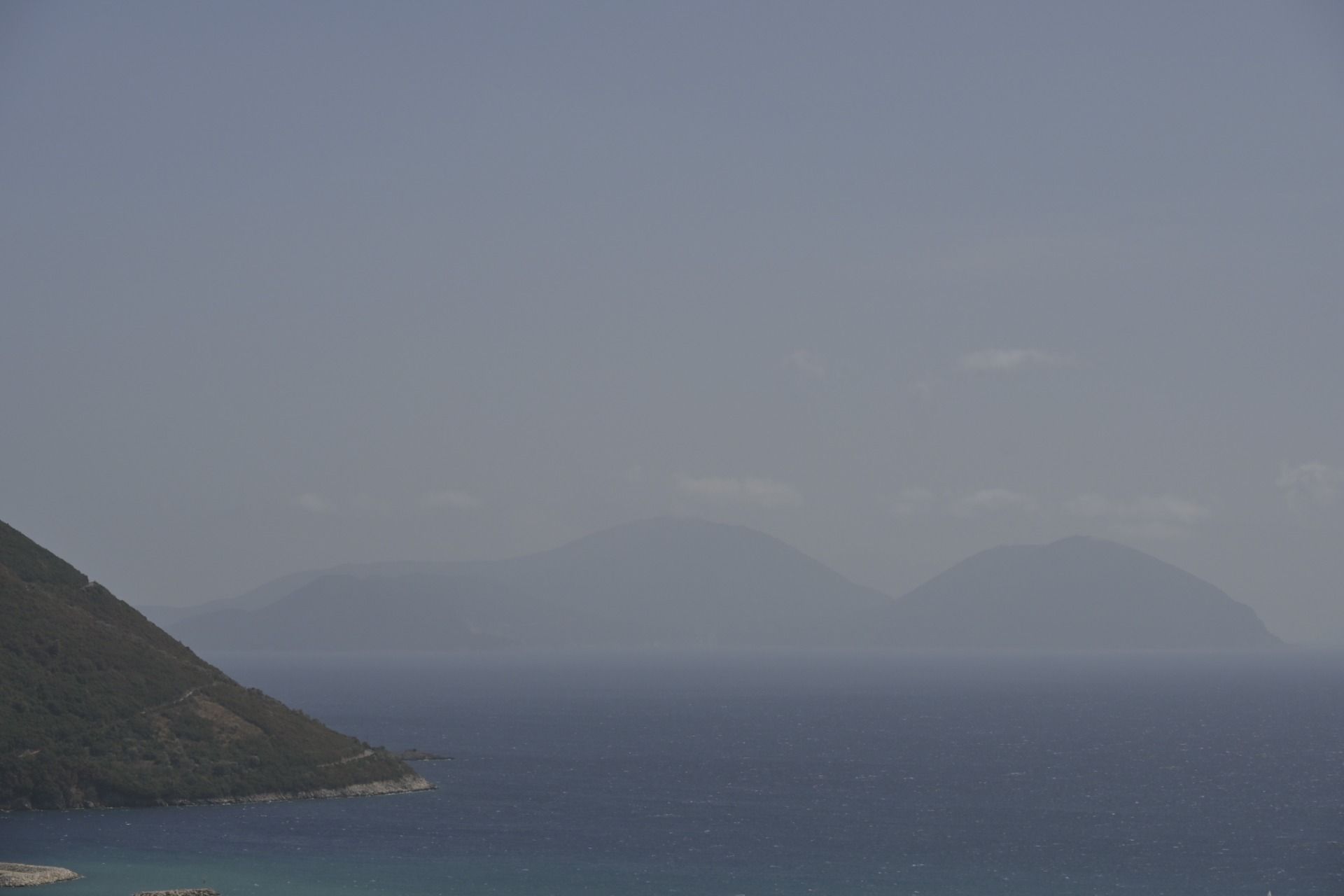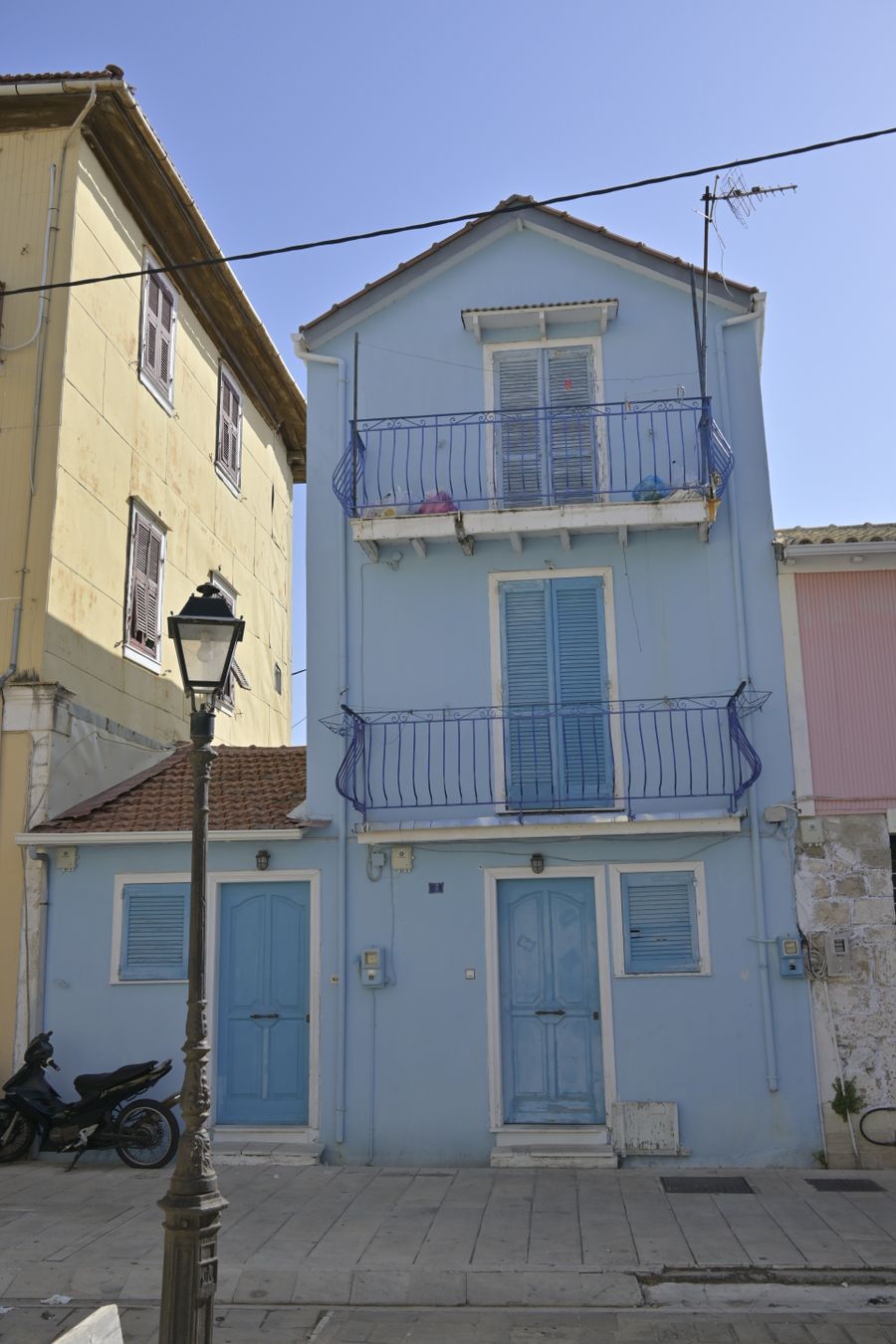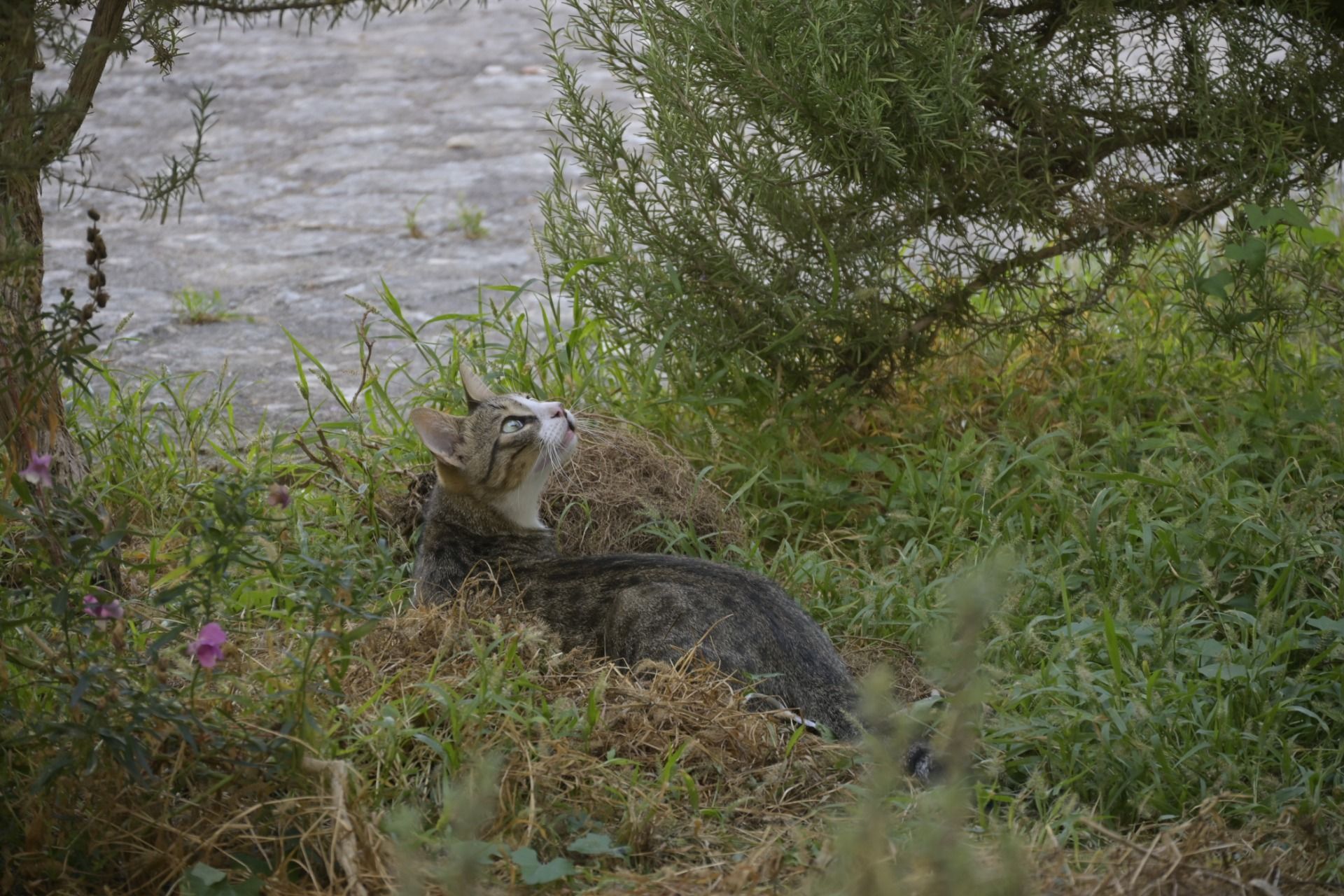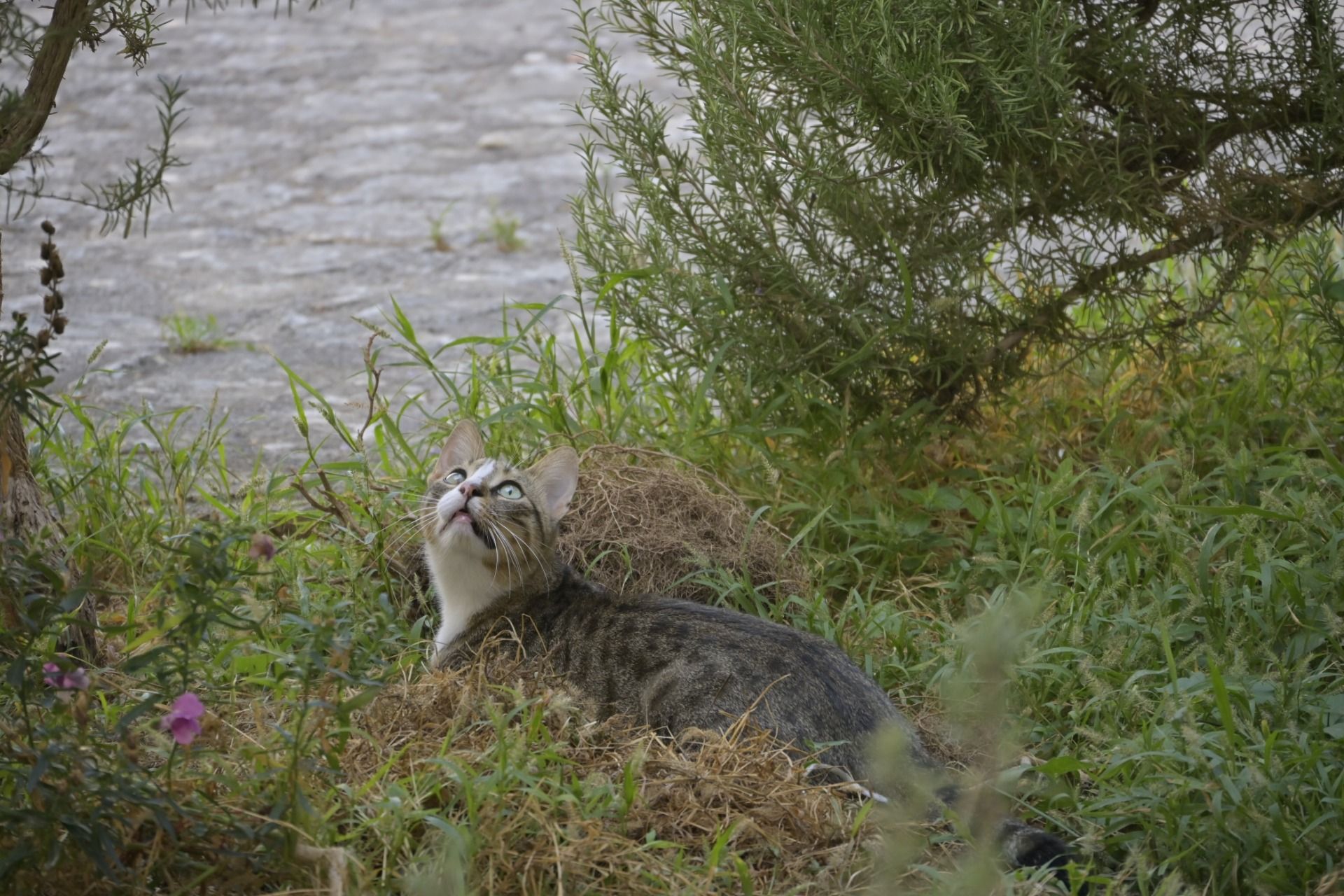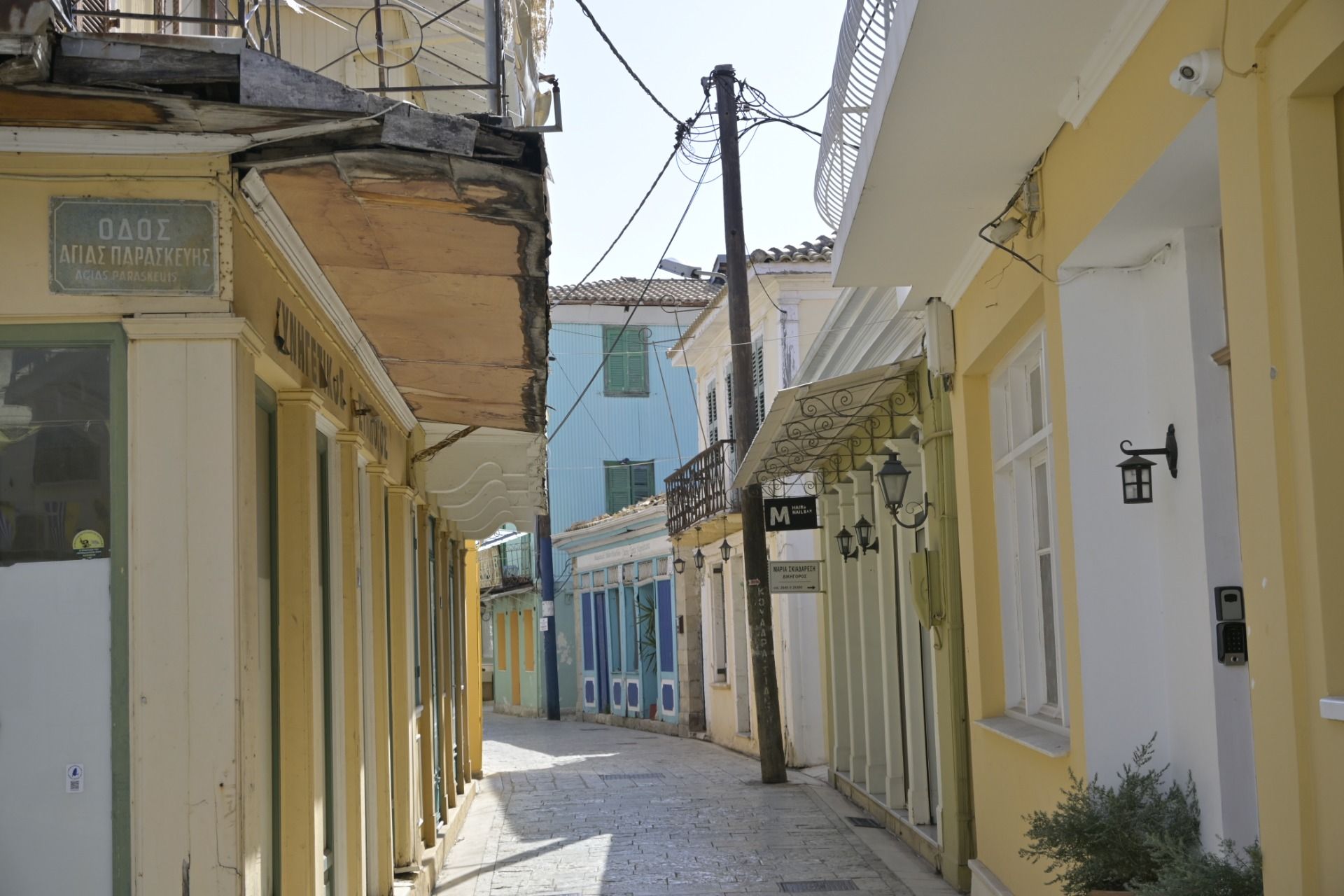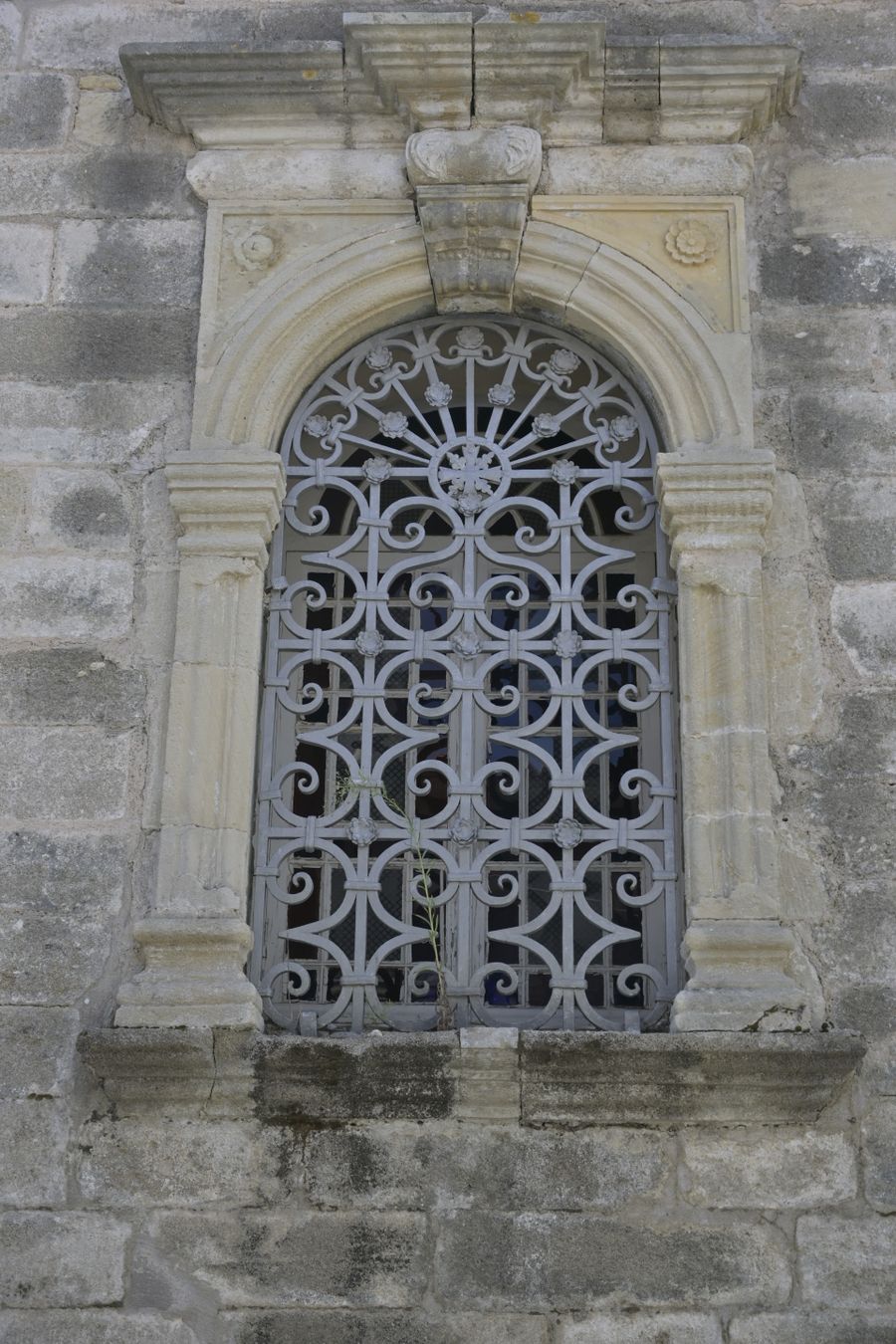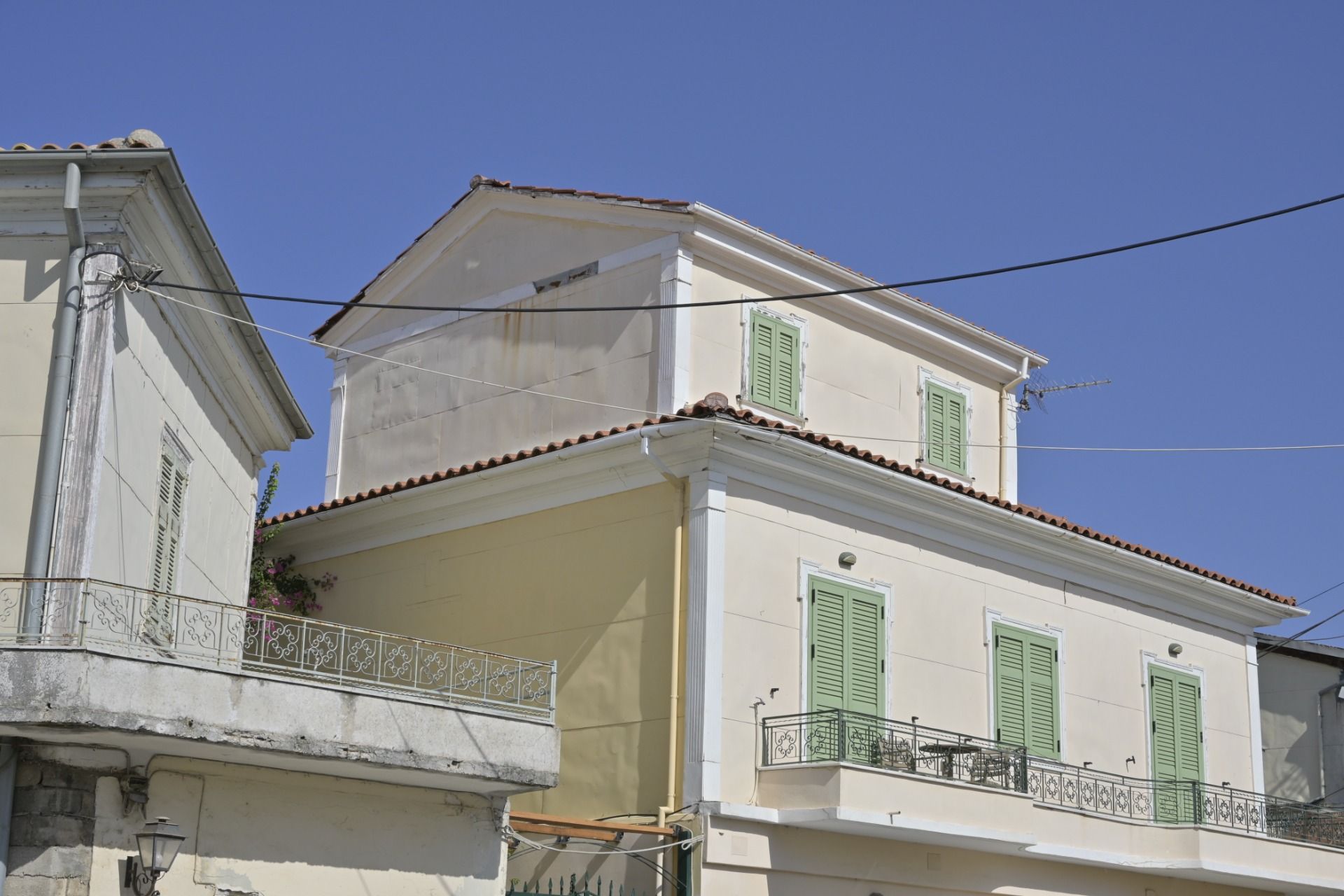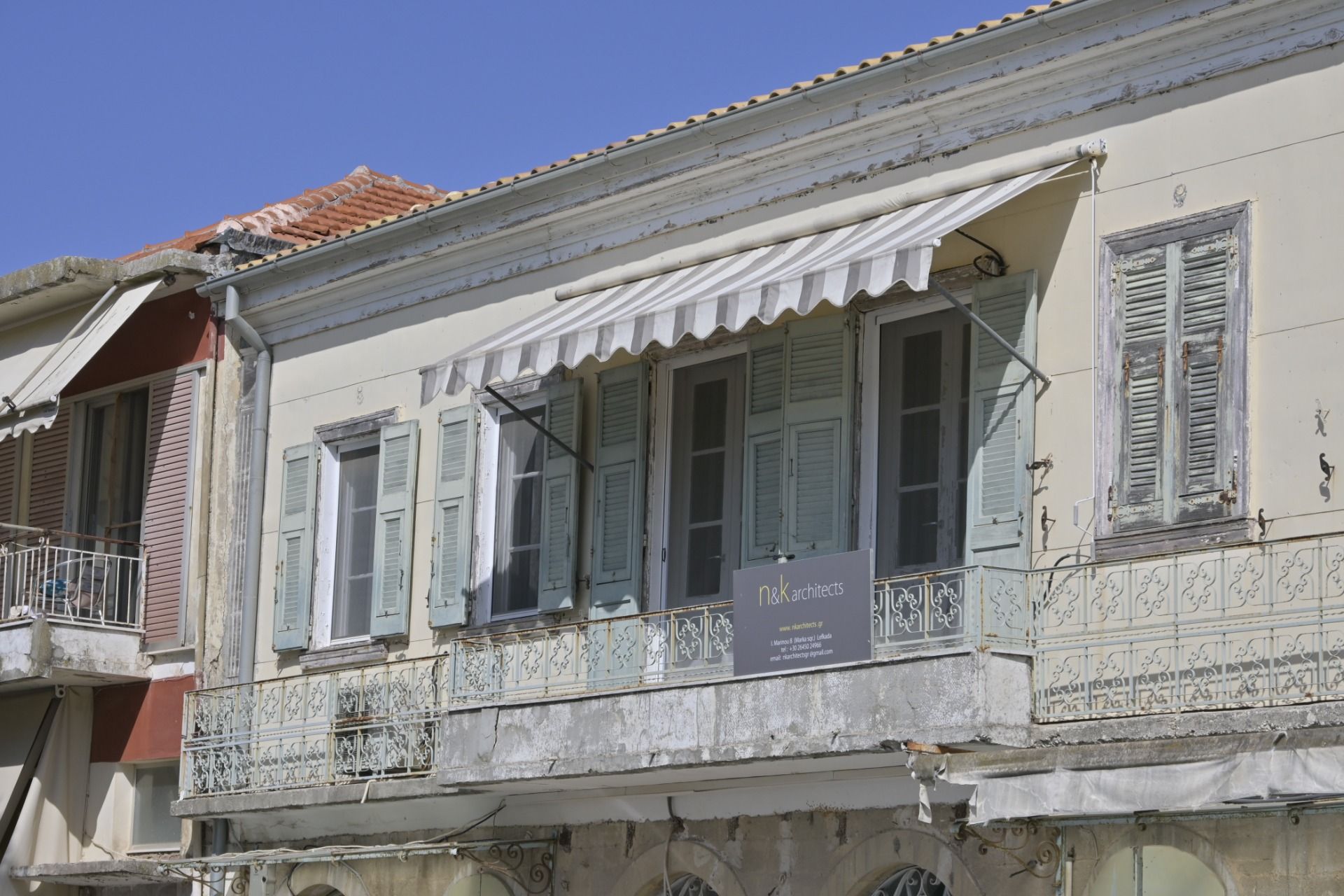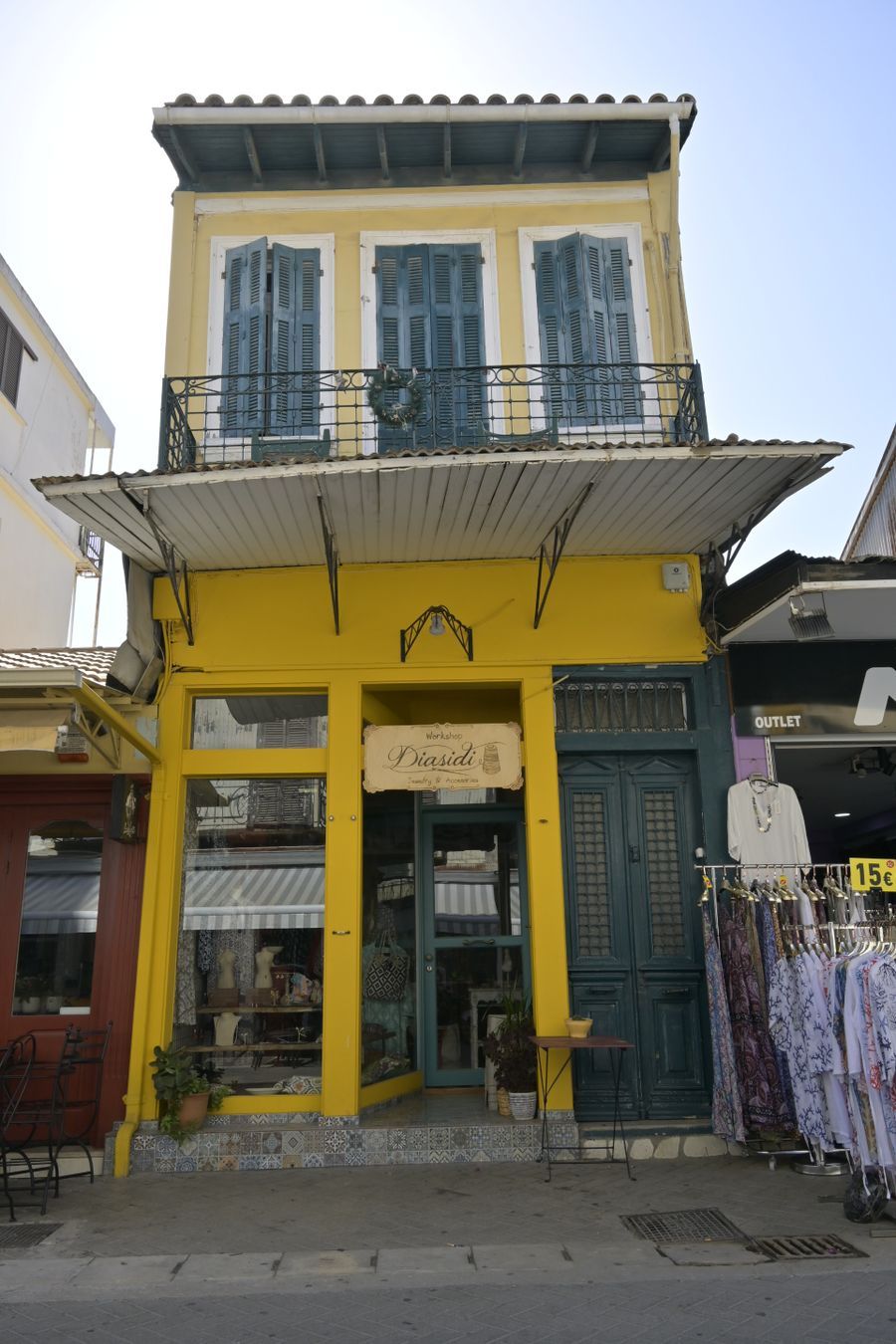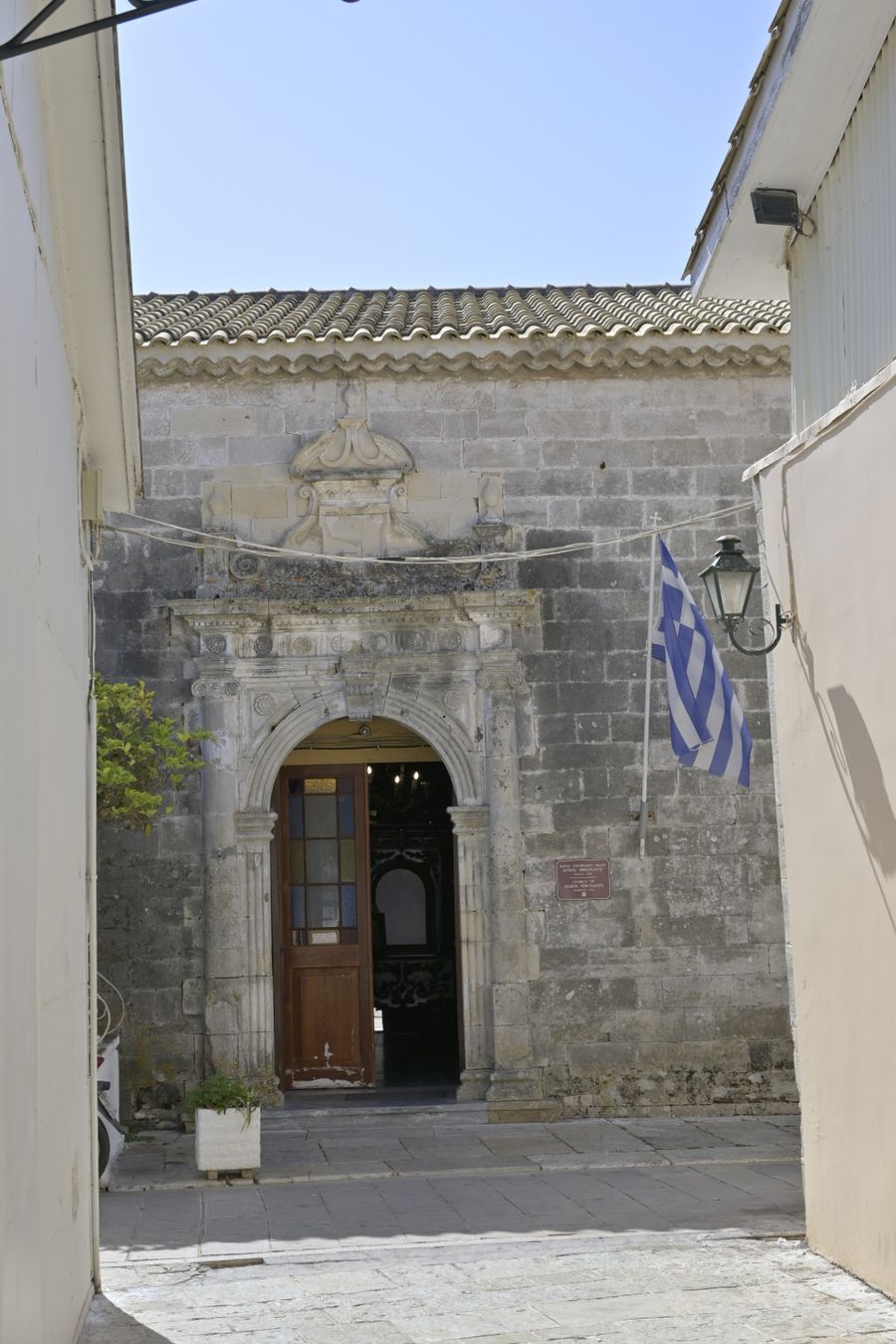[ENG]
After a three-day break from the Greek sea, it was finally time to get back to the oh-so-pleasant beach life. We drove across the country from east to west and found ourselves on the Ionian Sea and the Ionian Islands. The Ionian Islands generally consist of 7 large islands and about 40 smaller ones, which together have a population of only 200,000 people. The largest islands in the archipelago are: Kefalonia with an area of 781 square kilometers (the largest), Corfu with an area of 592 square kilometers (the most populated, because half of the inhabitants of the Ionian Islands live there), Zakynthos with an area of 402 square kilometers (probably the most popular) and as the fourth largest island in the archipelago, it is Lefkada with an area of 354 square kilometers, and it was this that we chose as the place for our stay on the Ionian Sea. The region is truly idyllic, supported mainly by olive growing, wine, fishing and of course tourism. Another important detail also influenced the choice of Lefkada. This island can be easily reached by car from the mainland by a road marked out by a causeway leading between the lagoons. This causeway was made in ancient times, more precisely in the 7th century BC. After driving over the causeway, we immediately found ourselves in the capital of the island, which has the same name as the entire island. The town of Lefkada has less than 10 thousand inhabitants, which is almost half of the island's population. But the town is not very crowded. Sure, there were probably a million yachts, motorboats and sailboats moored in the port, but since it was after the peak summer season, the town was not crowded at all. After reaching the island, we parked the car in a large municipal car park, which was located right next to the port and probably in the summer there is no possibility of parking there. However, we managed and thanks to that we could comfortably walk around the old town. An even grid densely built with charming tenement houses, the elevations of which were colored in all the colors of the rainbow. Unfortunately, the narrow streets with tall tenement houses have such a disadvantage that there is no air flow in them and it quickly gets very hot there. To deal with this, we went. For this purpose, we drove about 10 kilometers outside the city and there, in the village of Agios Nikitas, we went to our first Ionian beach, namely the beach of Mylos. Unfortunately, it was sunset quite quickly and we had to start packing up so as not to get to the hotel too late.
[PL]
Po trzydniowej przerwie od greckiego morza wreszcie przyszedł czas aby wrócić do jakże przyjemnego plażowania. Przejechaliśmy przez cały kraj ze wschodu na zachód i znaleźliśmy się nad morzem Jońskim i leżących na nim wyspach Jońskich. Generalnie w skład wysp Jońskich wchodzi 7 dużych wysp i około 40 mniejszych, które zamieszkuj łącznie zaledwie 200 tysięcy ludzi. Największe wyspy wchodzące w skład archipelagu to: Kefalinia o powierzchni 781 kilometrów kwadratowych (największa), Korfu o powierzchni 592 kilometrów kwadratowych (najludniejsza, bo połowa mieszkańców wysp Jońskich zamieszkuje właśnie ją), Zakintos liczący 402 kilometrów kwadratowych (chyba najbardziej popularny) i jako czwarta największa wyspa archipelagu to właśnie Leukada licząca 354 kilometrów kwadratowych i to właśnie ją wybraliśmy jako miejsce naszego pobytu nad morzem Jońskim. Rejon jest iście sielankowy, utrzymujący się głownie z uprawy oliwek, winorośli, rybołówstwa no i oczywiście turystyki. Nad wyborem Lefkady zaważył również jeden ważny szczegół. Na tą wyspę można bez problemu dojechać ze stałego lądu samochodem po drodze wytyczonej poprzez groblę wiodącą pomiędzy lagunami. Owa grobla została wykonana jeszcze w starożytności a dokładniej VII wieku przed naszą erą. Po przejechaniu przez groblę od razu znaleźliśmy się w stolicy wyspy, która nazywa się tak samo jak cała wyspa. Miasteczko Lefkada liczy niecałe 10 tysięcy mieszkańców, co stanowi prawie połowę ludności wyspy. Ale w miasteczku nie widać za wiele tłoku. Owszem w porcie zacumowanych było chyba milion wszelkiego rodzaju jachtów, motorówek i żaglówek, ale że było już po szczycie sezonu letniego, to w mieście nie było wcale tłoczno. Po dojechaniu na wyspę zaparkowaliśmy samochód na dużym miejskim parkingu, który znajdował się tuz obok portu i pewnie w lecie nie ma najmniejszej możliwości tam zaparkować. Nam się jednak udało i dzięki temu mogliśmy komfortowo przespacerować się po starówce miasta. Równa siatka gęsto zabudowana urokliwymi kamieniczkami, których elewacje były pokolorowane na wszystkie kolory tęczy. Niestety wąskie uliczki z wysoki zabudowanymi kamieniczkami mają taką wadę, że nie ma w nich przepływu powietrza i szybko robi się tam bardzo gorąco. Aby sobie z tym poradzić pojechaliśmy W tym celu pojechaliśmy około 10 kilometrów za miasto i tam w wiosce Agios Nikitas poszliśmy na nasza pierwszą jońska plażę a mianowicie na plażę Mylos. Niestety dość szybko nastała pora zachodu i musieliśmy się zacząć zbierać z niej aby nie za późno dotrzeć do hotelu.
